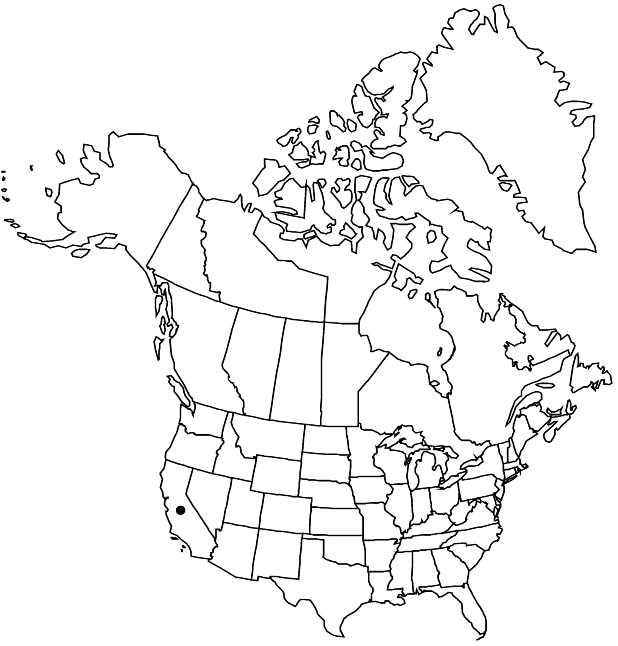familyCrassulaceae
genusDudleya
subgenusDudleya subg. Dudleya
speciesDudleya cymosa
subspeciesDudleya cymosa subsp. ovatifolia
Difference between revisions of "Dudleya cymosa subsp. ovatifolia"
Madroño 14: 108. 1957,.
Basionym: Dudleya ovatifolia Britton
FNA>Volume Importer |
FNA>Volume Importer |
||
| Line 50: | Line 50: | ||
|publication year= | |publication year= | ||
|special status= | |special status= | ||
| − | |source xml=https://jpend@bitbucket.org/aafc-mbb/fna-data-curation.git/src/ | + | |source xml=https://jpend@bitbucket.org/aafc-mbb/fna-data-curation.git/src/8f726806613d60c220dc4493de13607dd3150896/coarse_grained_fna_xml/V8/V8_362.xml |
|genus=Dudleya | |genus=Dudleya | ||
|subgenus=Dudleya subg. Dudleya | |subgenus=Dudleya subg. Dudleya | ||
Revision as of 18:06, 18 September 2019
Caudices simple, 1–1.5 cm diam. Leaves: rosettes 6–10(–25)-leaved; blade shiny green, often with maroon abaxially, ovate to elliptic, 2–5 × 1.5–2.5 cm, apex acute to acuminate, surfaces not farinose, not glaucous. Inflorescences: floral shoots 5–15-leaved, 4–15 cm; cincinni 3+, 3–5-flowered, 1–3 cm. Petals bright yellow, often marked with red, 10–14 × 2.5–3.5 mm. 2n = 34.
Phenology: Flowering late spring.
Habitat: Shaded rocky slopes
Elevation: 200-400 m
Discussion
Of conservation concern.
Subspecies ovatifolia is known from the Santa Monica and Santa Ana mountains; it is considered fairly threatened (California Native Plant Society, http://cnps.web.aplus.net/cgi-bin/inv/inventory.cgi).
Selected References
None.
Lower Taxa
None.
